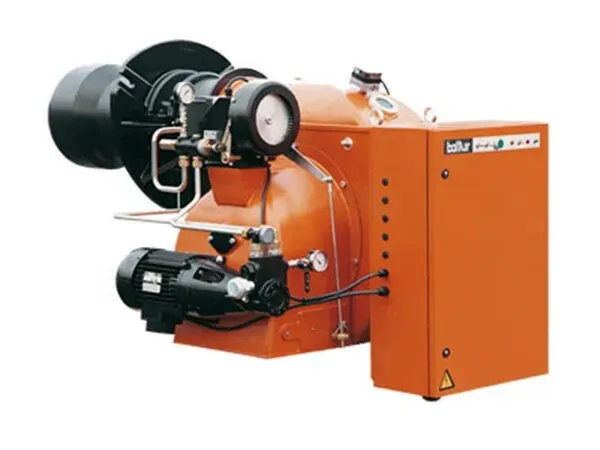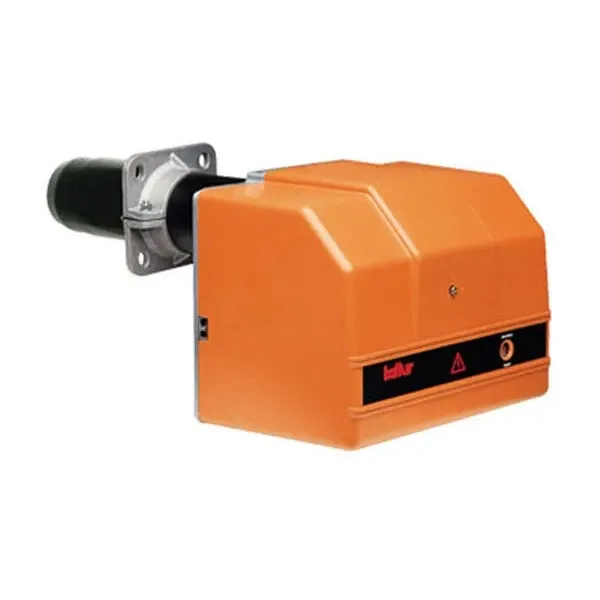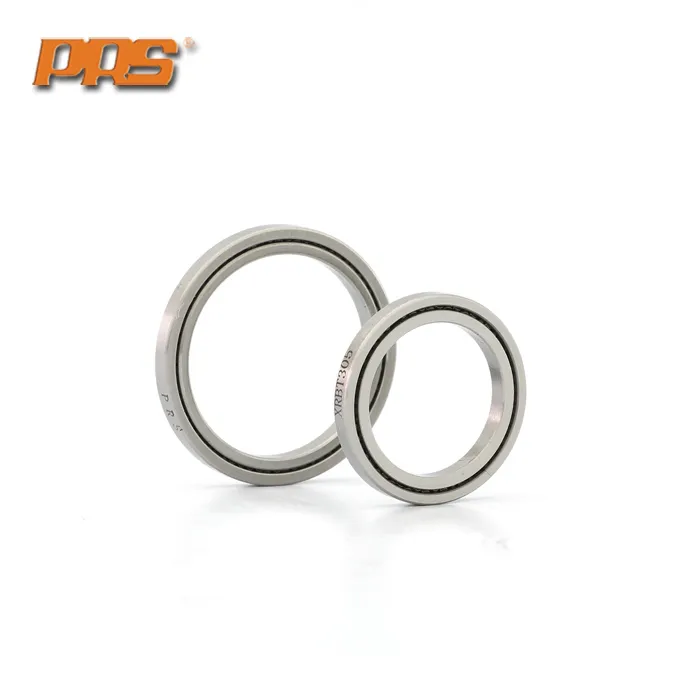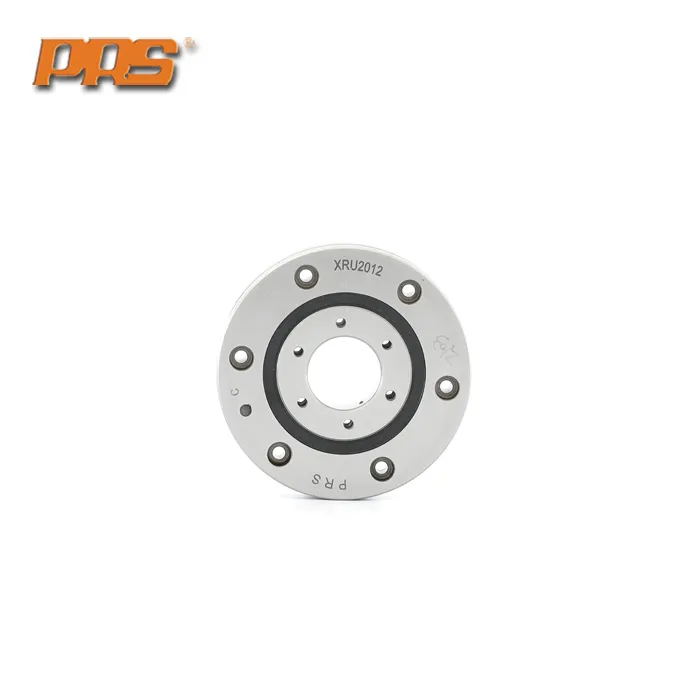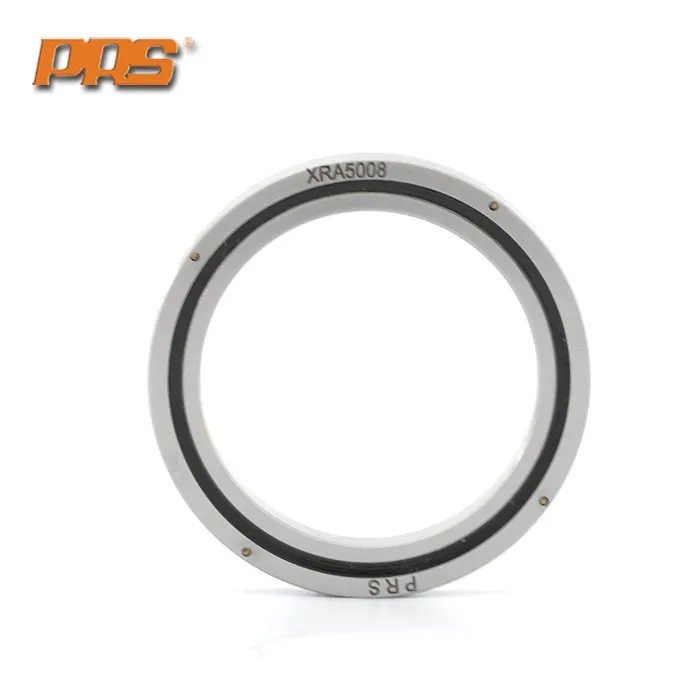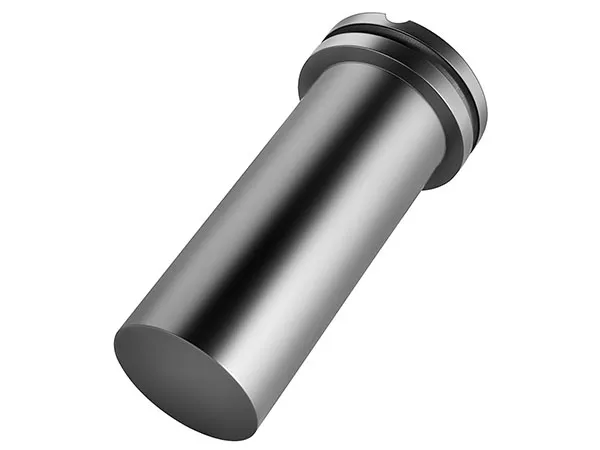En el competitivo panorama industrial actual, Maximizar la productividad y minimizar los costos y riesgos es crucial.. Una solución que a menudo se pasa por alto pero que es muy eficaz es el sistema de control automático del quemador de propano industrial.. Integrando la automatización inteligente en los procesos de calefacción industrial, las empresas pueden lograr una mayor seguridad, ahorros de energía, y eficiencia operativa. Este artículo explora los beneficios y características clave de estos sistemas., destacando por qué son esenciales para las operaciones industriales modernas.
¿Qué es un sistema de control automático de quemador de propano industrial??
Un sistema de control automático de quemadores de propano industriales es una solución inteligente que combina sensores, controladores, y actuadores para gestionar con precisión el proceso de combustión. A diferencia de los quemadores manuales tradicionales, Estos sistemas monitorean la temperatura., presión, y flujo de aire en tiempo real, Ajustar las proporciones de combustible y aire para mantener condiciones óptimas de combustión.. Esto garantiza una producción de calor constante., mejora la eficiencia del combustible, y reduce el riesgo de accidentes.
Funciones clave que impulsan el rendimiento
1. Regulación precisa de temperatura y presión
Mantener una temperatura y presión estables es esencial para procesos industriales como el secado., curación, y el tratamiento térmico. Los sistemas de control automático ajustan continuamente el flujo de propano y el suministro de aire para mantener los puntos de ajuste deseados., Garantizar un rendimiento constante en cada ciclo de producción..
2. Interbloqueos de seguridad avanzados y detección de fallas
La seguridad es una prioridad absoluta. Los quemadores de propano automatizados modernos incluyen múltiples dispositivos de seguridad: detección de llama., parada de presión, protección contra fallas de encendido, y monitorización de la ventilación. Si ocurre un problema, el sistema se apaga instantáneamente y alerta a los operadores. Los diagnósticos de fallas avanzados también ayudan a los equipos de mantenimiento a identificar problemas rápidamente., minimizando el tiempo de inactividad.
…
Para obtener información más detallada sobre el rendimiento de los sistemas de control automático para quemadores de propano industriales., por favor haga clic para visitar:https://www.sxburner.com/a/news/automatic-control-characteristics-of-industrial-propane-burners.html

